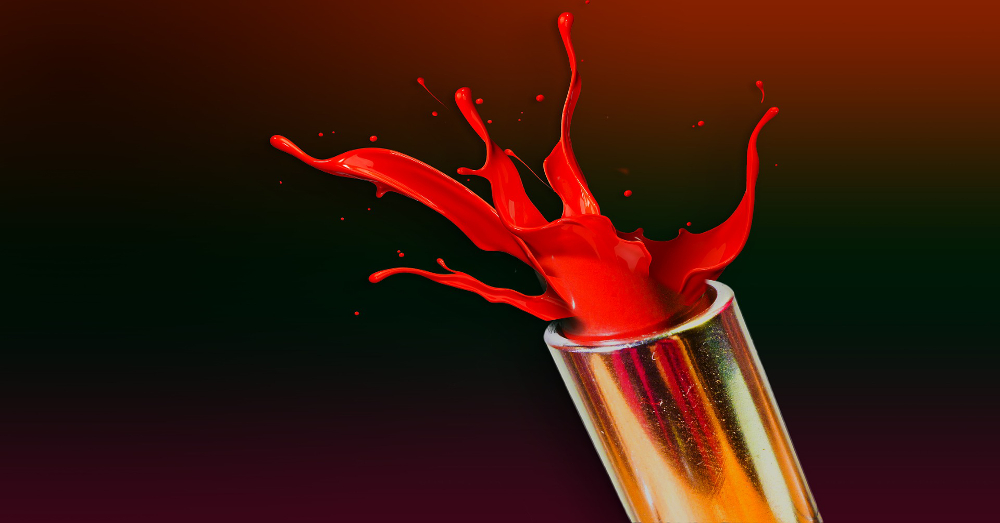
A $60 Billion Industry Is Shockingly Unregulated
Face wash, lipstick, makeup, and nail polish often carry labels like "tested" and "clinically-proven." Cosmetics like these are big business in the US, constituting about a $60 billion market.
But how does the cosmetics industry regulate the safety of its products?
In the US, the FDA oversees cosmetics. But unlike drugs (which must get approval before they can be sold), cosmetics do not. As a result, companies that use or sell unsafe ingredients usually only get in trouble if they get caught.
October 11, 2015 | Source: Business Insider | by Lydia Ramsey
Face wash, lipstick, makeup, and nail polish often carry labels like “tested” and “clinically-proven.” Cosmetics like these are big business in the US, constituting about a $60 billion market.
But how does the cosmetics industry regulate the safety of its products?
In the US, the FDA oversees cosmetics. But unlike drugs (which must get approval before they can be sold), cosmetics do not. As a result, companies that use or sell unsafe ingredients usually only get in trouble if they get caught.
According to the FDA’s website, it’s up to individual companies, rather than the FDA, to ensure their products are safe. Compared to Canada and the European Union, both of whom have pretty strict oversight over cosmetics, the FDA has very few hard-and-fast rules.
Here’s what is still lurking in our cosmetics:
Lipstick
The makeup brand Lime Crime came under fire from the FDA in July for having color additives, the single ingredient the FDA does require approval for in cosmetics, in some of its products.
“Color is something that the FDA takes very seriously,” said Robert Lochhead, a polymer science professor at the University of Southern Mississippi.
Lochhead told Business Insider the reason the FDA is so concerned with color additives relative to other chemicals is part of the agency’s history: In the 1950s, some of the color additives in food and other materials caused some serious health complications, namely FD&C Orange No. 1, which made many children sick after it was used in Halloween candy.
There have also been problems with leads found in lipstick, which is troubling considering how easily ingestible lipstick is.
Nail polish
In recent years, one of the most controversial chemicals in the cosmetic industry has been a chemical called phthalates. They’re found in nail polish — that’s what gives them that stretchy, plastic-y feeling — and perfumes.
According to the National Institute of Environmental Health Sciences, phthalates are a known environmental contaminant that could have an impact on human health, though they don’t yet have enough conclusive evidence to say exactly how.
